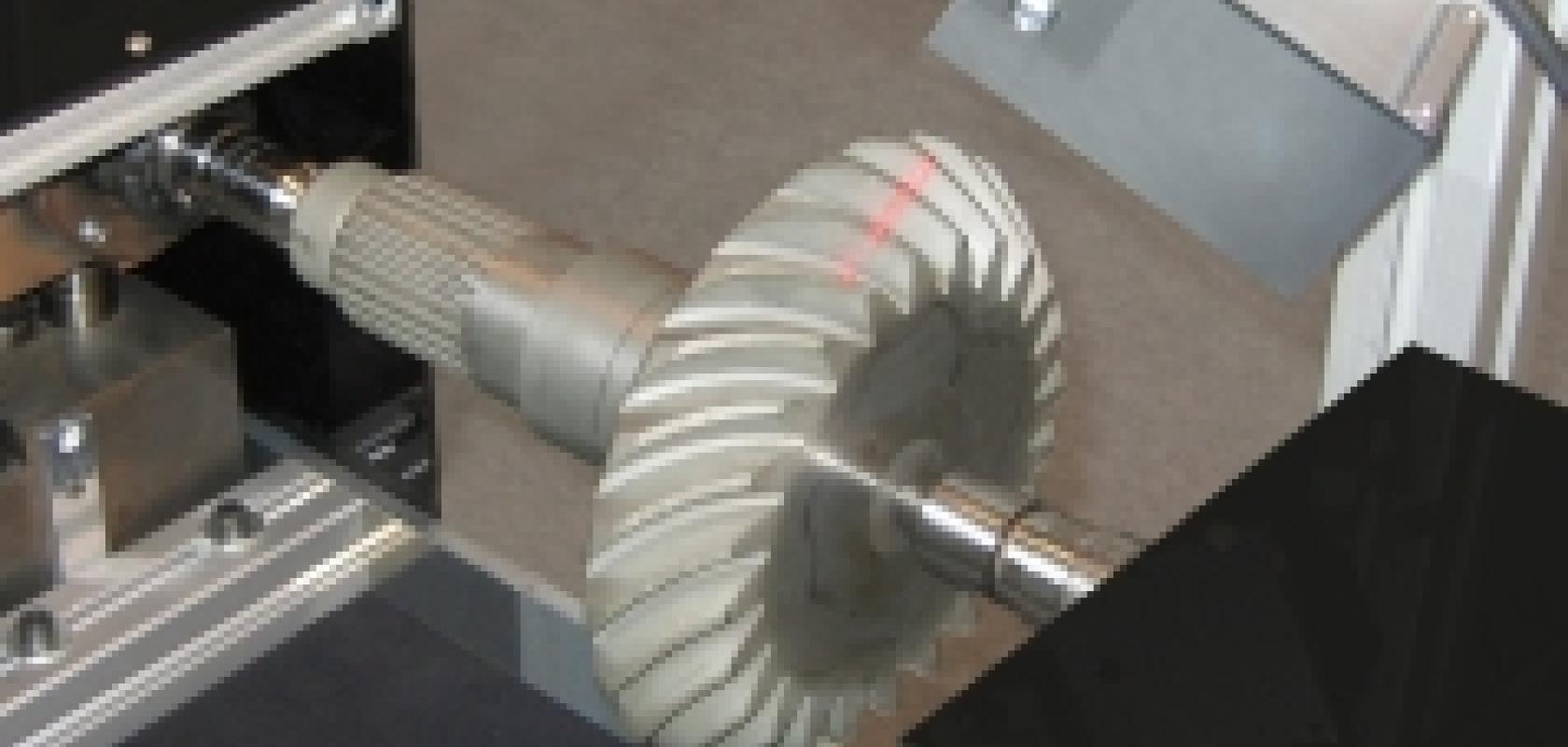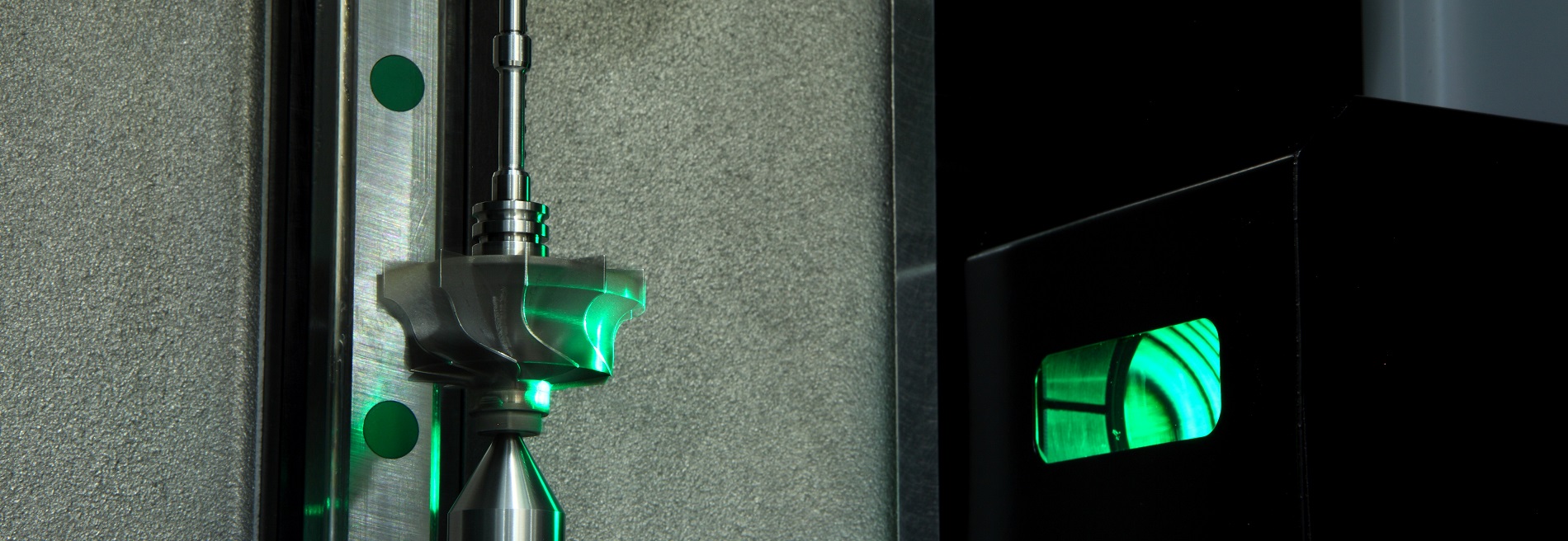The Duty of Optical Measurement Systems beforehand Width Strategies
Optical dimension systems have changed width, bringing a degree of precision that was when unbelievable. As you check out even more, you'll uncover just how these systems are forming the future of dimension and high quality control.
The Development of Width: A Historic Point Of View
As you explore the background of metrology, you'll discover that its evolution reflects humanity's quest for precision and standardization. From old human beings making use of body components as devices of dimension to the development of standardized weights and steps, each step shows our wish for precision. The Egyptians developed the pyramids using exact dimensions, while the Romans progressed design with their sophisticated measuring tools.
During the Renaissance, scientific innovations changed the emphasis toward much more empirical techniques, leading the way for modern metrology. The intro of the statistics system in the late 18th century noted a substantial landmark, developing global requirements. Throughout the 20th century, technological advancements even more transformed metrology, making it possible for very exact dimensions in various fields.
Today, width proceeds to develop, incorporating digital technology and automation. This history highlights not simply the importance of measurement yet also our ruthless search of improving precision and consistency in our significantly complex globe.
Concepts of Optical Dimension Equipments
Understanding the principles behind optical dimension systems is essential for precise lead to metrology. You'll wish to think about basic optical principles, dimension precision factors, and effective system calibration methods. Each of these aspects plays an important function in ensuring your measurements are trustworthy and precise.
Fundamental Optical Principles
While exploring optical measurement systems, you'll encounter fundamental optical principles that form the foundation of accurate information procurement. Light behaves in foreseeable means, and comprehending these actions-- like diffraction, refraction, and reflection-- is crucial for effective measurements. You'll utilize lenses and mirrors to control light and focus it onto your target, making sure precision in your analyses. Additionally, the wave nature of light enables for disturbance patterns, which can boost dimension resolution. Polarization can additionally play a crucial duty in distinguishing signal from sound, boosting the clarity of your results. By grasping these concepts, you'll be furnished to take advantage of optical modern technologies successfully, paving the means for developments in width and guaranteeing your measurements are both repeatable and reputable.
Measurement Precision Variables
To achieve high measurement accuracy in optical systems, several variables come into play, affecting the dependability of your outcomes. Top quality lenses and detectors reduce aberrations and sound, ensuring your dimensions are precise. By addressing these variables, you can enhance the general performance of your optical measurement systems, leading to even more precise and dependable results in your assessment applications.
System Calibration Methods
Accomplishing high dimension accuracy is just component of the formula; correct system calibration strategies are similarly crucial in optical measurement systems. To assure your system delivers dependable outcomes, you need to frequently calibrate it making use of conventional reference materials. Begin by adjusting the optical parts, like lenses and mirrors, to lessen organized errors. Next, employ recognized dimensions to verify the system's output and make required improvements. It's also vital to account for environmental elements-- temperature level and humidity can affect dimensions. Implement a regular calibration routine to keep consistency with time. Ultimately, document all calibration treatments and results; this will aid you track performance and attend to any kind of drift in accuracy. With these techniques, you'll enhance the reliability of your optical measurement system.
Key Technologies Behind Optical Measurement
Optical measurement systems depend on numerous crucial technologies that boost precision and performance in width. One crucial innovation is interferometry, which makes use of the disturbance of light waves to determine little displacements and surface irregularities with extreme accuracy. You'll also find laser scanning systems, which catch detailed 3D information of items rapidly, making them vital for dimensional evaluation.
Furthermore, CCD and CMOS sensors play a considerable duty in transforming light into electrical signals, permitting high-resolution imaging and precise dimensions. Advanced algorithms for image processing even more boost dimension accuracy by analyzing information in actual time, straining sound and improving features.
Finally, fiber optics provide adaptability and the ability to measure in challenging environments while maintaining signal stability. By leveraging these modern technologies, you can attain remarkable outcomes in your assessment tasks, making sure that your measurements are both exact and trusted.
Applications of Optical Measurement in Sector
As industries significantly demand precision and efficiency, the applications of optical measurement systems have ended up being important throughout various industries. In production, these systems help you keep an eye on dimensions and resistances like this in real-time, ensuring high quality control without taxing manual checks. In the automotive sector, optical dimensions assist in aligning components with precision, improving safety and security and efficiency.
In electronic devices, you're utilizing optical techniques to inspect min attributes on circuit boards, spotting problems that can lead to failures. The aerospace field gain from non-destructive testing strategies, permitting you to assess products and parts without compromising their honesty.
Optical dimension likewise plays an essential role in textiles, guaranteeing material dimensions meet specific specifications. optical measurement. With their capability to provide high-resolution information promptly, these systems equip you to make informed decisions, enhance processes, and eventually drive technology across your market
Enhancing Precision and Efficiency in Dimensions
When you assume concerning boosting precision in measurements, accuracy in your dimension techniques is important. By streamlining these procedures, you can accomplish quicker results without compromising high quality. Allow's discover how embracing sophisticated optical dimension systems can boost both precision and performance in your job.
Precision in Dimension Strategies
Precision in measurement methods is vital for achieving reliable results in width, particularly given that tiny disparities can lead to significant errors. By utilizing advanced optical dimension systems, you can boost This Site the precision of your dimensions. In enhancement, precise measurements allow you to preserve high quality control, ensuring that items fulfill rigid specs.
Improving Measurement Processes
To enhance accuracy and efficiency in dimensions, streamlining your measurement processes is important. Begin by adopting optical dimension systems that offer real-time data, decreasing the time invested on manual recording. These systems typically incorporate flawlessly with existing software application, permitting you to automate data collection and evaluation.
Next, standardize your measurement protocols. By executing regular treatments, you decrease irregularity and improve repeatability. Do not forget to routinely calibrate your equipment to guarantee its precision.

The Effect of Optical Dimension on Research Study and Growth
As scientists endeavor to push the limits of innovation, optical measurement systems have come to be indispensable tools in the advancement procedure. These systems give you with accurate, real-time data that improves your capacity to assess complex materials and structures. In different fields, from biotechnology to aerospace, you count on optical dimensions to improve and enhance styles product performance.

With high-resolution imaging and non-contact techniques, you can lessen example disruption, permitting even more precise outcomes. This capability to catch minute details accelerates your R&D cycle, letting you iterate layouts rapidly and successfully. Moreover, optical dimension cultivates collaboration throughout techniques, as the information created is usually conveniently interpretable and shareable.
Inevitably, integrating optical dimension systems right into your research study not only boosts productivity yet additionally strengthens your understanding of the phenomena you study. By leveraging these advanced strategies, you're much better furnished to innovate and remain in advance in a competitive landscape.
Future Trends in Optical Dimension Equipments
With the rapid development of modern technology, you're most likely to see considerable changes in optical dimension systems that will redefine their application throughout different markets. You'll notice an approach increased automation and assimilation of synthetic intelligence, enabling real-time data evaluation and enhanced precision. Miniaturization is one more fad; small tools will make it possible for dimensions in tighter spaces, making them suitable for fields like aerospace and biomedical applications.
Expect to see systems that can operate in difficult atmospheres, giving dependable dimensions in severe problems. As these technologies converge, you'll discover that optical measurement systems not just boost precision however likewise improve operations, ultimately driving development and effectiveness in your jobs.
Often Asked Questions
Exactly How Do Optical Dimension Solutions Contrast to Typical Measurement Techniques?
Optical measurement systems use higher precision and faster results contrasted to typical techniques. You'll find they catch even more information points precisely, lowering human error and increasing dependability, making them a favored choice in different applications.
What Industries Benefit Most From Optical Dimension Systems?
You'll locate markets such as aerospace, automotive, and electronic devices profit most from optical measurement systems. These industries rely upon specific measurements to guarantee quality and performance, enhancing effectiveness and lowering costs via sophisticated technology.

Are Optical Dimension Equipments Expensive to Implement?
Optical dimension systems can be costly to execute, however their precision and effectiveness frequently warrant the cost. Buying such technology can bring about substantial lasting cost savings and enhancements in quality throughout numerous applications.
What Skills Are Needed to Operate Optical Dimension Equipments?
To operate optical dimension systems, you'll require strong analytical skills, interest to information, and effectiveness in software application devices. Familiarity with optics and an understanding of dimension principles will certainly likewise boost your efficiency and effectiveness.
How Do Environmental Elements Impact Optical Measurements?
Ecological elements like temperature level, air, and moisture quality can misshape optical dimensions. You'll observe variants in accuracy due to light interference or refraction. optical measurement. Preserving secure conditions is vital for exact and trustworthy optical measurement results
Conclusion
In recap, optical dimension systems are revolutionizing width by offering unmatched accuracy and performance. As you discover future patterns, you'll see just how the integration of AI and automation will proceed to boost measurement practices, driving technology and boosting quality control.
Accomplishing high measurement accuracy is just part of More Info the equation; correct system calibration strategies are equally crucial in optical measurement systems.When you assume regarding improving accuracy in measurements, accuracy in your dimension techniques is essential. By utilizing sophisticated optical measurement systems, you can boost the precision of your measurements.To enhance precision and performance in measurements, improving your measurement procedures is essential. Just How Do Optical Measurement Equipments Compare to Traditional Dimension Techniques?